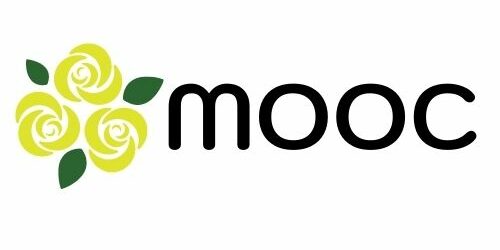Reading and Writing ชั้นมัธยมศึกษาปีที่ 5 ภาคเรียนที่ 2 ปีการศึกษา 2564

เกี่ยวกับคอร์ส
Reading extensively inside and outside classrooms helps to improve the learners’ reading skills.When preparing a lesson plan, teachers need to think that learners want various skills at different ages and competency levels. Teachers should use learner-related contexts whenever possible, as this will help them motivate students to read. Some of your learners have complained that reading is boring and they do not want to read the texts you have given them – what should you do? Choose the same types of texts that learners enjoy reading outside the classroom and design motivating pre-reading and post-reading tasks to go with them. They would probably enjoy doing the reading task as they are acquainted with it already. After relieving their boredom, you could introduce academic reading comrehension, poetry or prose.
Basically reading can be of two types: extensive and intensive, and the idea is to impart some skills needed for both. Teaching reading skills could be easy when taught with nuances and strategies with continuous practice. Reading skills become boring for many when they are not given the correct strategies. In a classroom structure, students use reading for different purposes; it may be instructions, to do lists, course books, blogs, websites, newspapers and magazines. Here the question is how to develop their reading skill in the above structure? There are six strategies to be taught to the students for enhancing their reading capabilities in different contexts.The below six techniques are step by step procedures essential for effective reading
เนื้อหาของคอร์ส
English is GREAT
Developing writing skills: a news report
Mindfulness
Using stories in the classroom
การจัดอันดับและรีวิวของผู้เรียน

